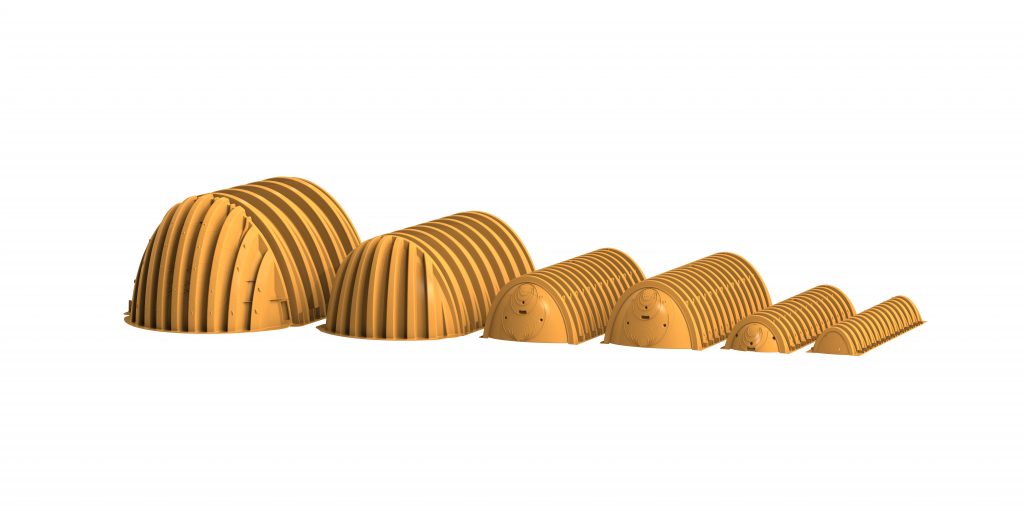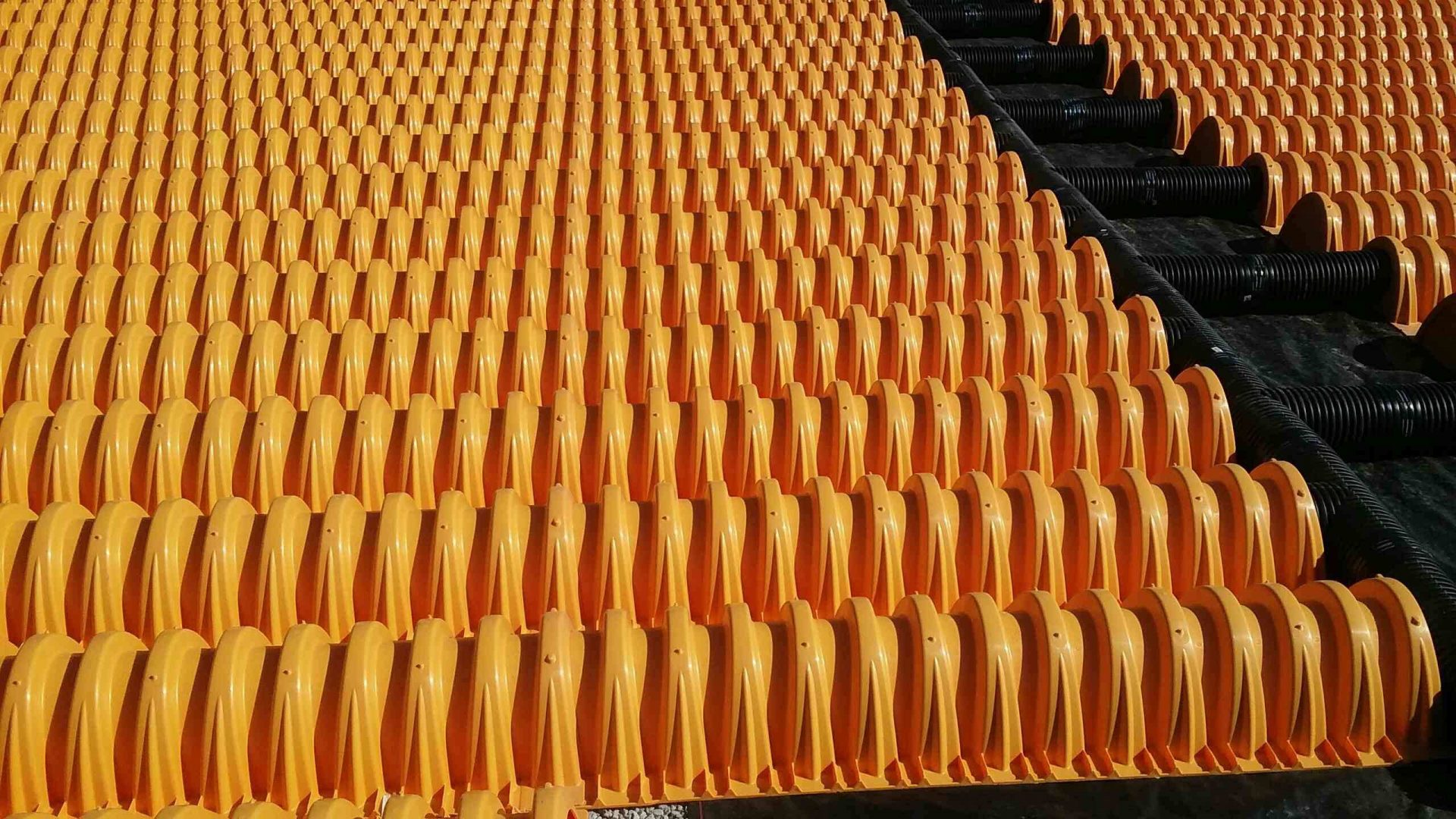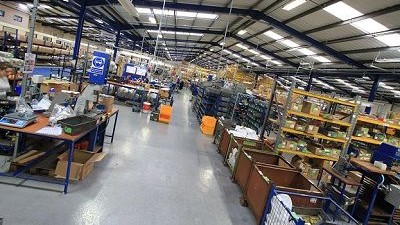A qualified civil engineer, Stuart Crisp has been at the forefront of construction and a specialist in drainage systems for over 35 years. He has contributed to the development of numerous British and International Standards and industry specifications and was a member of the project steering group for CIRIA C753 The SuDS Manual. In this regular series of articles, Stuart considers the different challenges facing designers and installers of below ground SuDS attenuation systems. This month covers the importance of design flexibility.
When designing a below ground stormwater attenuation system, it’s important to consider not only the hydraulic and structural requirements, but the site conditions, the construction process, the necessity for maintenance, the environmental concerns and the technical, legal and client constraints.
The flexibility of the system to accommodate a multiplicity of factors is thus central to the solution – can the design be optimised to meet the relevant conditions and controls? A truly adaptable stormwater attenuation system will mean engineers can produce the most effective design, contractors can install the system with speed and ease, and asset owners can inspect and maintain the system efficiently, whatever the conditions.
Traditional pipe- and crate- based solutions have their drawbacks. Large diameter pipes are less efficient in terms of the ratio of footprint area to attenuated storage volume. Geocellular crates may have greater versatility to meet challenges in terms of accommodating storage within the space available, but the necessity for additional TSS removal and separate water quality treatment to meet environmental quality standards can add to the cost of construction and upkeep.

With the importance of design flexibility, ADS StormTech comes in a wide range of chamber sizes giving engineers the scope and flexibility to meet required attenuation volume and flow rates, the constraints of the site, the installation footprint and depth, and the position of inlets and outlets. Isolator Row, the free water quality treatment device, provides a provenly effective and low maintenance solution for meeting environmental standards. Layouts can be adapted to suit local conditions, potentially going beyond the published standard construction guidelines. For example, deep installations or poor soil strength may be accommodated by altering the spacing between the chambers, the depth of the foundation material and the degree of compaction of the embedment stone.
This is particularly true when minimising the construction depth of the attenuation system. This largely depends on two factors: minimum cover depth and the height of the stormwater storage system. Shallow systems may help avoid contact with high groundwater, and lower dig depth can reduce dewatering costs and installation delays in saturated ground. Shallow systems can also minimise the cost of excavation, muck-away and embedment/backfill, including fewer transport movements to and from the site. Reducing the depth of the attenuation system may also enable the invert depth of the entire storm water drainage system to be raised, resulting in additional cost savings extending beyond the attenuation system itself.

Many StormTech chambers have 450mm min cover depth under HGV traffic loads based on the standard manufacturer’s installation guidelines. Pipes and crates normally need c600mm – 800mm min cover depth. For crates, if the depth of cover available is less than the minimum recommended by the manufacturer, a protective concrete slab is frequently placed above the crate system. This is expensive and time-consuming to construct and makes it almost impossible to access the system from above after installation.
Quality Assurance is inevitably a key part of true design flexibility. StormTech fully complies with the requirements of ASTM F2787, ASTM2418 and ASTM F2922 and Section 12.12 of the AASHTO LRFD Bridge Design Specifications safety factors for live and permanent earth loads. These Standards provide the basis of product quality and of safe structural design. Further assurance is provided in the UK through rigorous independent testing and assessment within the scope of BBA certification.



